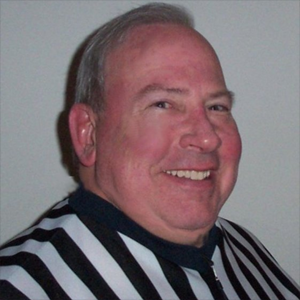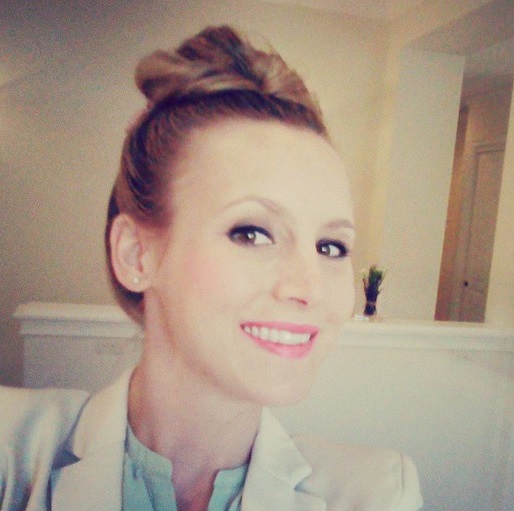
Rndballref
20 Years Experience
Chicago, IL
Male, 60
For twenty years I officiated high school, AAU and park district basketball games, retiring recently. For a few officiating is the focus of their occupation, while for most working as an umpire or basketball referee is an avocation. I started ref'ing to earn beer money during college, but it became a great way to stay connected to the best sports game in the universe. As a spinoff, I wrote a sports-thriller novel loosely based on my referee experiences titled, Advantage Disadvantage
A player who alights in the air is considered to have court position from where his feet last touched the court. If the player jumps from out of bounds and touches the ball before he touches the court inbounds, it is a violation. There are 2 exceptions to this rule: 1) a defender who leaps from his front court to intercept a pass and lands in his backcourt, and 2) a defender who leaps from his front court to intercept a throw in and lands in his backcourt.
Yes, it is a backcourt violation because team A never lost team control.
That's a good idea too. But playing devil's advocate, many coaches like the strategy of being able to slow the game down when you're losing by a few points by putting the other team at the line and stopping the clock. Late fouling in a tight game shifts the game to a chess match (and free throw pressure cooker) and I believe many coaches like having the ability to get back in a game. This wouldn't be such an issue if we had a shot clock for the entire game.
It is a violation for a player to leave the floor for an unauthorized reason. The ball is dead when the player goes out of bounds and is awarded to the opposite team.
REALTOR®
 What's the best way to know if housing prices are going to rise or fall?
What's the best way to know if housing prices are going to rise or fall?
Certified Nurse Aide
 Have you ever seen any 'senior abuse' in your nursing home?
Have you ever seen any 'senior abuse' in your nursing home?
Call Center Employee (Retail)
 Which cable company do you think has the absolute worst customer service?
Which cable company do you think has the absolute worst customer service?
This error is correctable, as long as it is discovered during the first dead ball after the clock has been started. When B1 scores, the ball is dead and the free throw should be awarded. The points scored by B1 shall remain counted.
There is no provision in the NFHS rulebook for calling a game because of a lopsided score. The only reason I would call a game early is if continuing the game presented a safety issue to the players, fans or officials.
If there are two violations by players in lane spaces the 2nd is ignored.
If the 2nd violation is from beyond the arc both are penalized and you go to the possession arrow.
-OR-
 Login with Facebook
Login with Facebook (max 20 characters - letters, numbers, and underscores only. Note that your username is private, and you have the option to choose an alias when asking questions or hosting a Q&A.)
(A valid e-mail address is required. Your e-mail will not be shared with anyone.)
(min 5 characters)
By checking this box, you acknowledge that you have read and agree to Jobstr.com’s Terms and Privacy Policy.
-OR-
 Register with Facebook
Register with Facebook(Don't worry: you'll be able to choose an alias when asking questions or hosting a Q&A.)